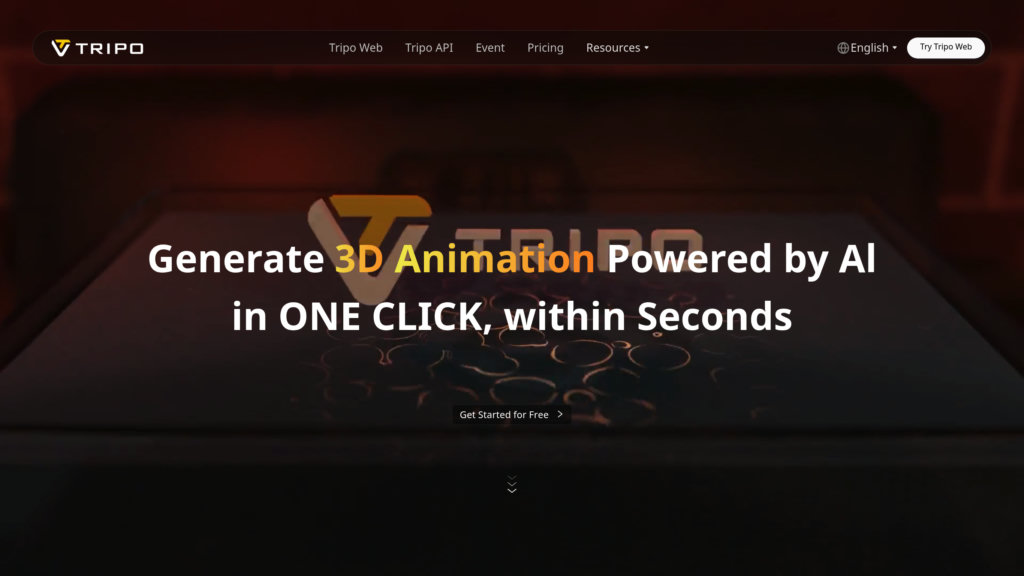Tripo AI
Create detailed 3D models instantly from images or text descriptions
Introduction
What is Tripo AI?
Tripo AI utilizes cutting-edge artificial intelligence to convert both 2D pictures and written descriptions into high-quality 3D assets. It streamlines the typically intricate 3D modeling workflow, opening up possibilities for creators, designers, and professionals in fields such as game development, architectural design, product conceptualization, and academic instruction. The system accepts various inputs, from photographs to text cues, facilitating swift prototyping, imaginative design, and smooth incorporation into current production pipelines.
Key Features
Text to 3D Model: Produce 3D assets directly from descriptive text, allowing for the instant visualization of ideas without any modeling expertise.
Image to 3D Conversion: Turn photographs or drawings into precise 3D models, featuring automatic background isolation, ideal for prototyping and artistic endeavors.
Multi-View Model Generation: Achieve superior accuracy by uploading front, side, and top-view images to create models with rich surface details.
Fast and Intuitive Workflow: Experience a user-centric interface that delivers models in minutes, enabling rapid revisions and creative exploration.
Style Customization and Post-Processing: Modify artistic styles, refine mesh quality, and export in popular formats such as OBJ and STL for various uses.
Versatile Industry Applications: Empowers innovation across multiple sectors including gaming, VR/AR, 3D printing, architecture, education, and digital art.
Use Cases
Game and Animation Design: Develop intricate characters, props, and settings from images or text for engaging virtual worlds.
Architectural Visualization: Quickly produce 3D architectural models from drawings or descriptions to accelerate the design process.
Product Prototyping: Materialize concept art or ideas into 3D models for evaluation, presentation, and production readiness.
Educational and Research Projects: Generate 3D models from images for enhanced teaching aids, scientific diagrams, and academic research.
3D Printing and Manufacturing: Create ready-to-print 3D models efficiently sourced from images or textual inputs.
